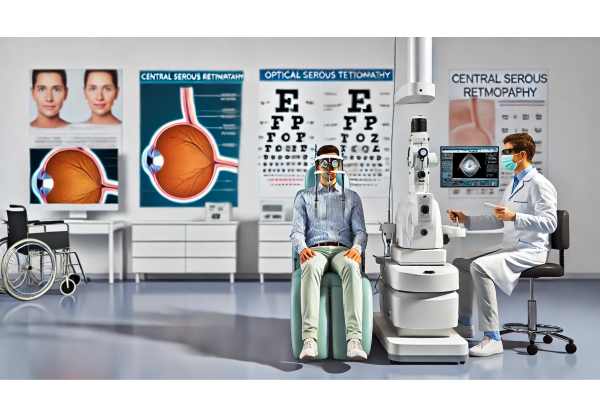
Central Serous Retinopathy (CSR) is a retinal condition that typically causes sudden, painless vision changes—often affecting people in their working years. Characterized by a buildup of fluid under the retina, CSR can lead to distorted or blurry central vision and significant visual disruption. While many cases resolve spontaneously, others become chronic or recurrent, requiring a nuanced management approach. This comprehensive guide explores the science, therapies, surgical options, and the latest advances in treating central serous retinopathy, offering patients and clinicians a roadmap for optimal care and lasting visual health.
Table of Contents
- Exploring Central Serous Retinopathy and Its Risk Factors
- Current Medical Therapies and Conservative Management
- Surgical Procedures and Interventional Options
- Innovations in Diagnosis and Emerging Technologies
- Future Directions and Upcoming Research
- Frequently Asked Questions
Frequently Asked Questions
What is central serous retinopathy and who gets it?
Central serous retinopathy is a condition where fluid accumulates under the retina, causing blurred or distorted vision. It often affects men between 30 and 50 years old but can occur in women and older adults.
How is central serous retinopathy diagnosed?
Diagnosis relies on a dilated eye exam and advanced imaging, including OCT and fluorescein angiography, to visualize fluid and identify leakage points.
What is the best treatment for central serous retinopathy?
Most acute cases resolve on their own, but persistent or recurrent disease may require medications, laser therapy, or photodynamic therapy. Your eye specialist will recommend the best approach for your case.
Can central serous retinopathy cause permanent vision loss?
While many recover full vision, chronic or recurrent cases can lead to lasting visual distortion or loss. Early detection and tailored management help reduce this risk.
Are there lifestyle changes that help manage CSR?
Yes—reducing stress, managing blood pressure, improving sleep, and avoiding corticosteroids when possible may lower recurrence and support recovery.
When should I seek medical help for CSR?
Contact your eye doctor if you notice sudden changes in your central vision, as prompt assessment can prevent complications.
Disclaimer:
This guide is for informational purposes only and should not replace professional medical advice. If you have changes in vision or eye discomfort, seek evaluation by a qualified eye care provider.
If this article helped you, please share it on Facebook, X (formerly Twitter), or any platform you like. Follow us on social media for more updates and support our mission by spreading the word—your help allows us to keep creating quality health content. Thank you!










